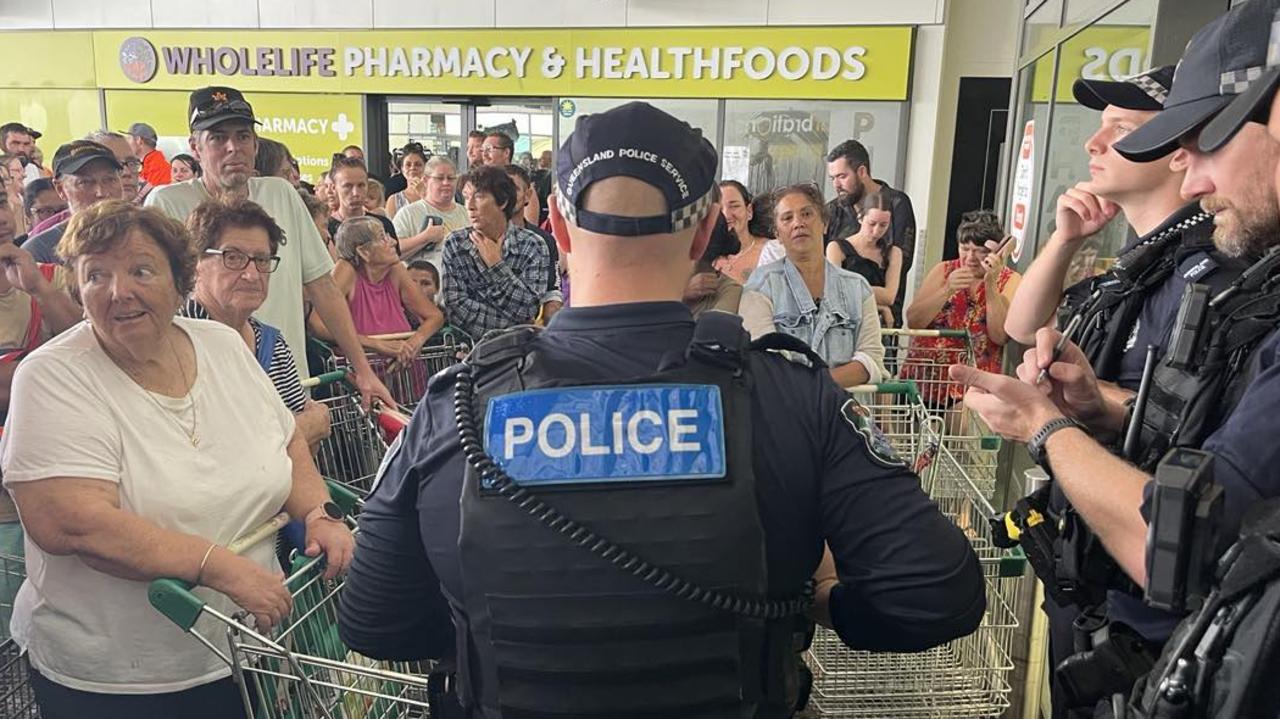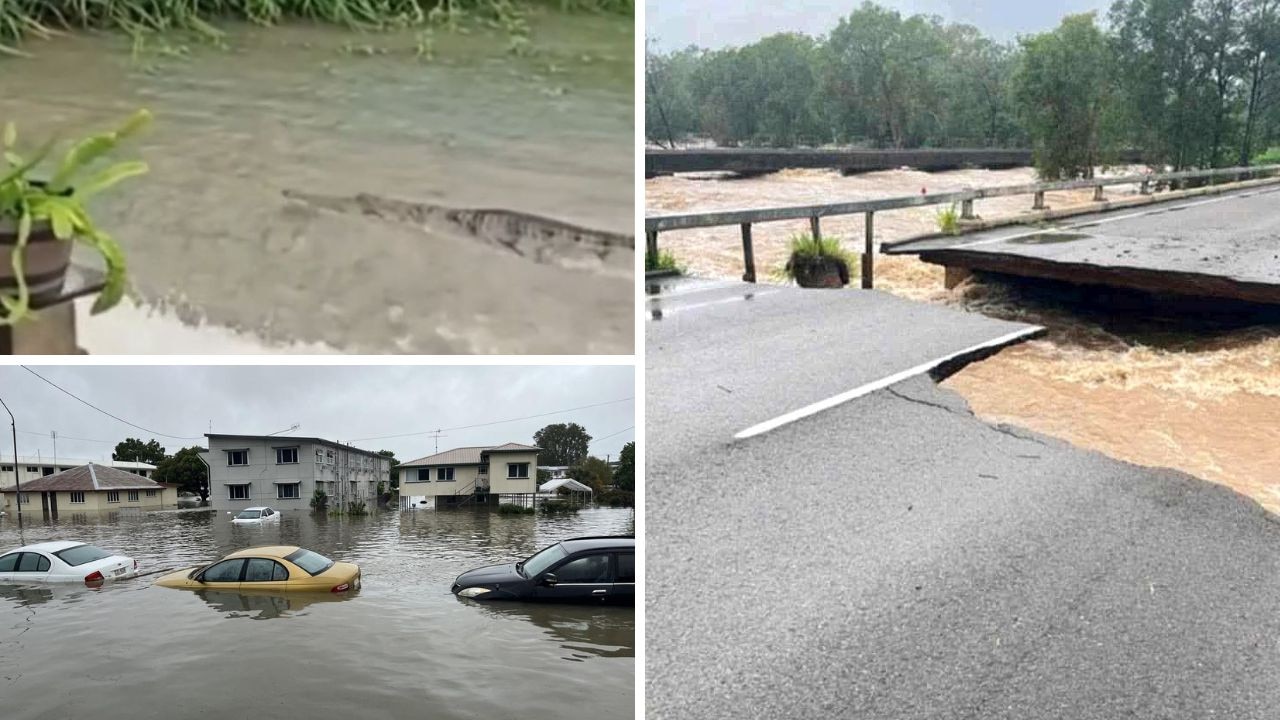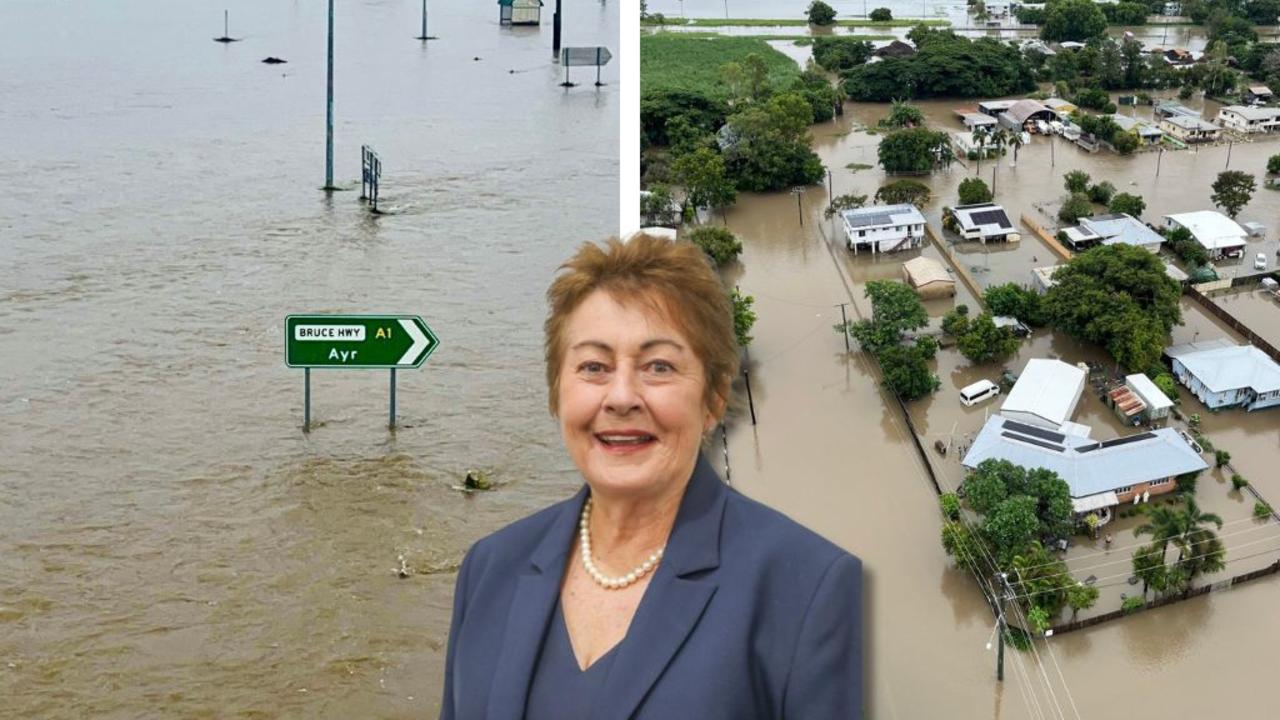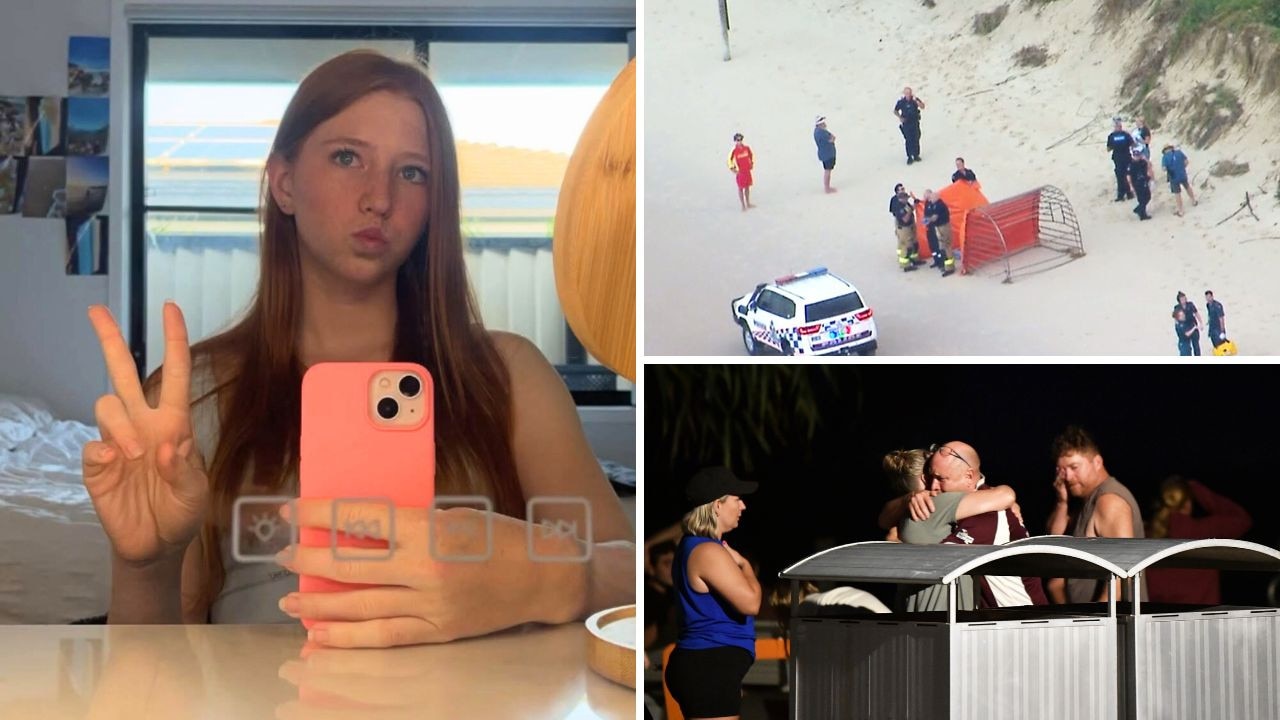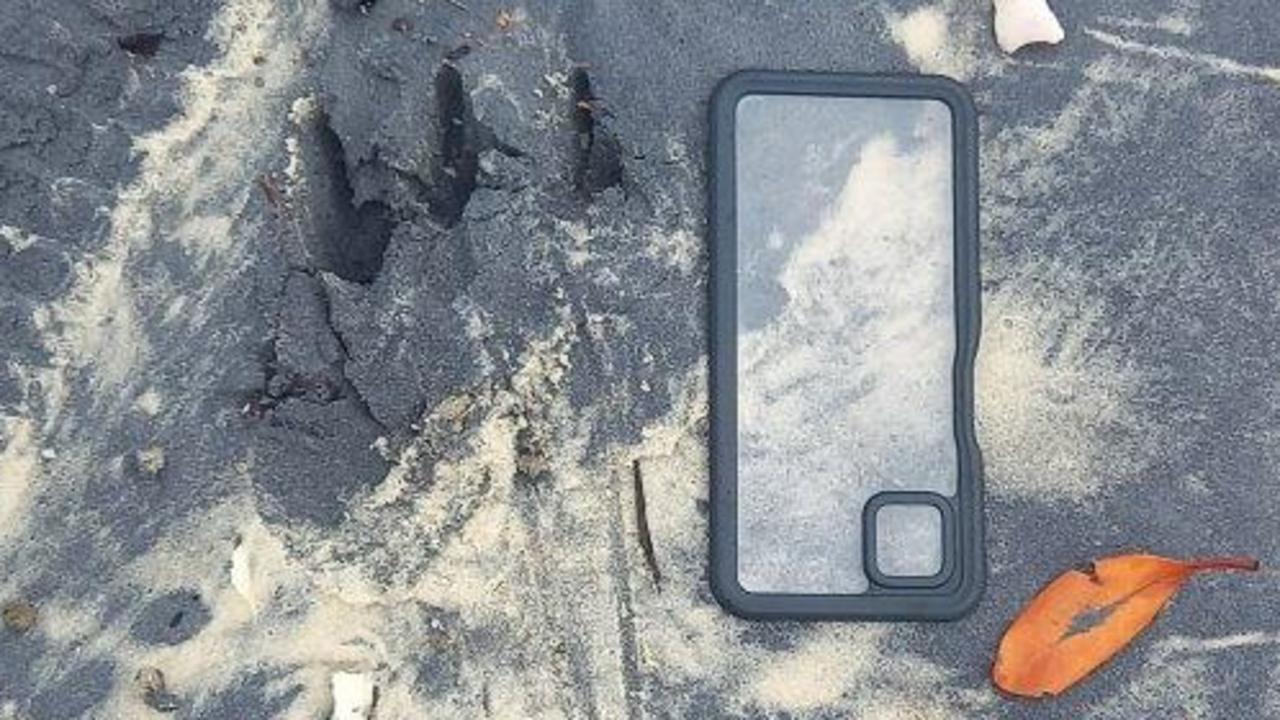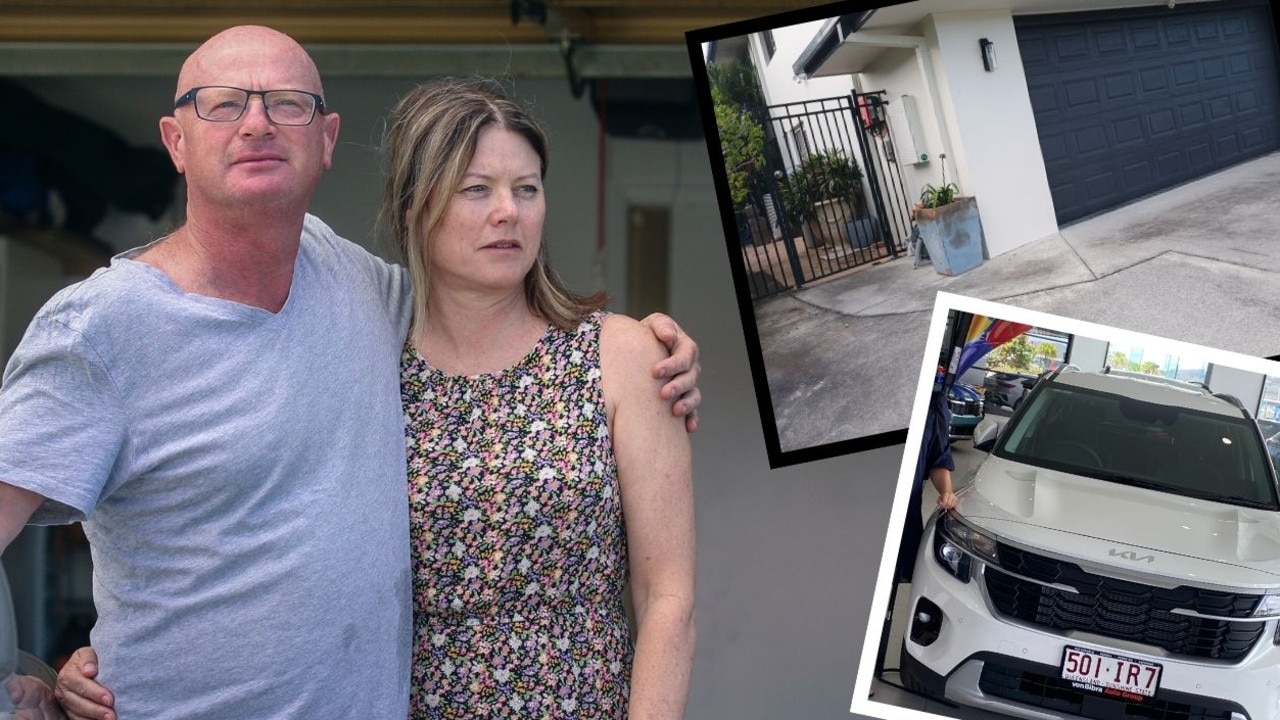Queensland Health data: Patients with life-threatening conditions left to wait in Townsville EDs
A shocking number of patients with life-threatening conditions are being left to wait hours in emergency departments, as first response wait times also rise. See the stats here.
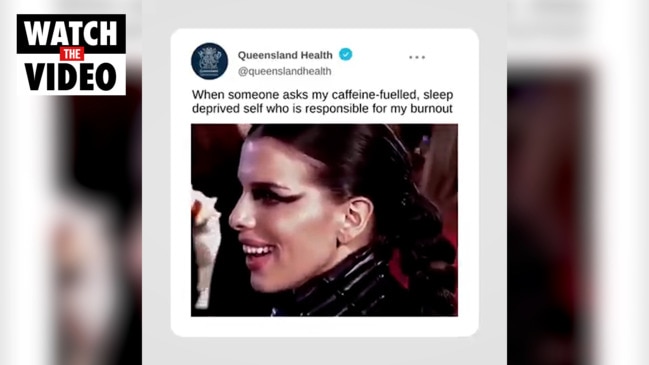
News
Don't miss out on the headlines from News. Followed categories will be added to My News.
A shocking 40 per cent of all category one patients — with ‘immediately’ life-threatening conditions — are not being admitted into Townsville Hospital wards for specialist treatment within four hours of presenting to emergency.
According to Queensland Health data, more than 33,000 patients presented to Townsville Hospital and Health Services facilities in the three months to December 2021, with a total of 220 category one patients presenting in that time.
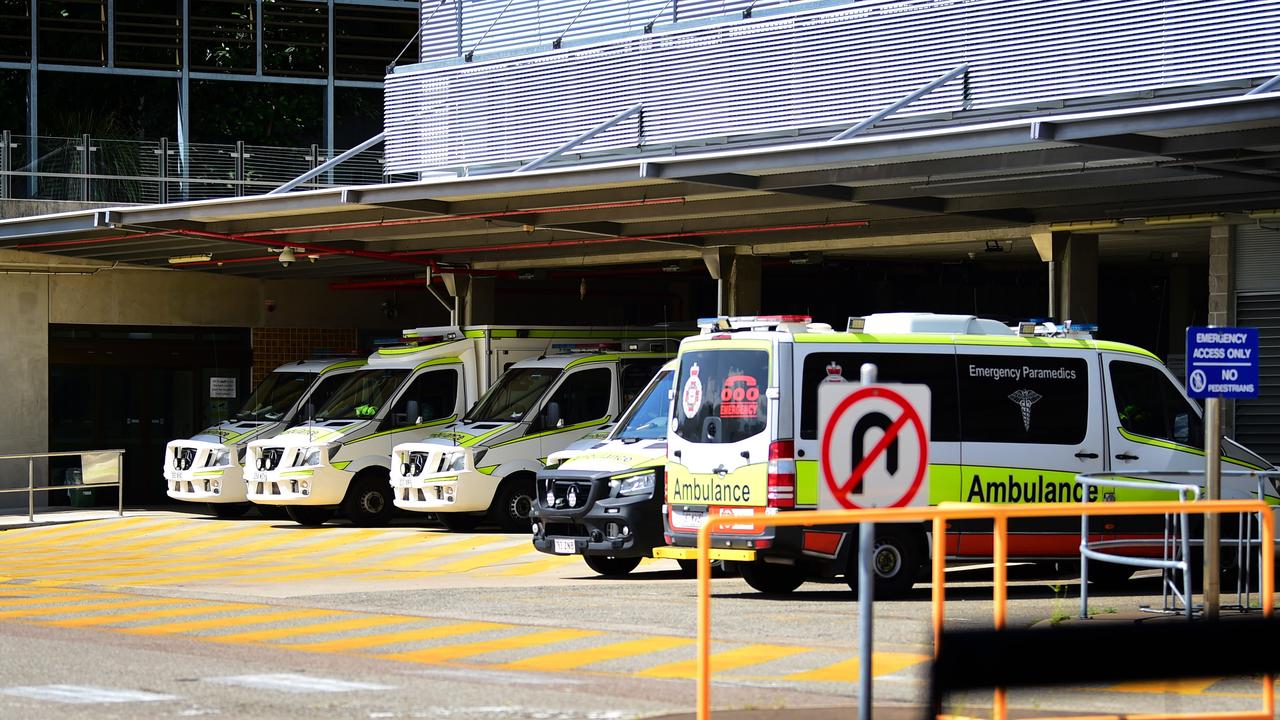
Meanwhile, just half of all patients attending hospitals with category two cases were admitted into hospitals within four hours of presenting to an emergency department.
The decline in specialist treatment transfers comes as Queensland Health Hospital Performance data revealed 20 per cent of category two and three patients were not being seen by a treating doctor or nurse within clinically recommended time frames.
Queensland Health requires category one and two patients should be seen by a treating doctor or nurse within two and 10 minutes of presenting to emergency departments respectively.
While category three patients should be seen by an emergency doctor or nurse within 30 minutes of arrival.

Townsville Hospital and Health Services chief executive, Kieran Keyes, told the Bulletin his emergency departments experienced a “high demand in the December quarter” with a six per cent increase in patients.
“The impact of the almost 2000 additional patients in this quarter has significantly affected these times,” he said. “However, the median wait time across the five triage categories was only 10 minutes with 84 per cent of patients across all five categories seen within the clinically recommended time frame.”
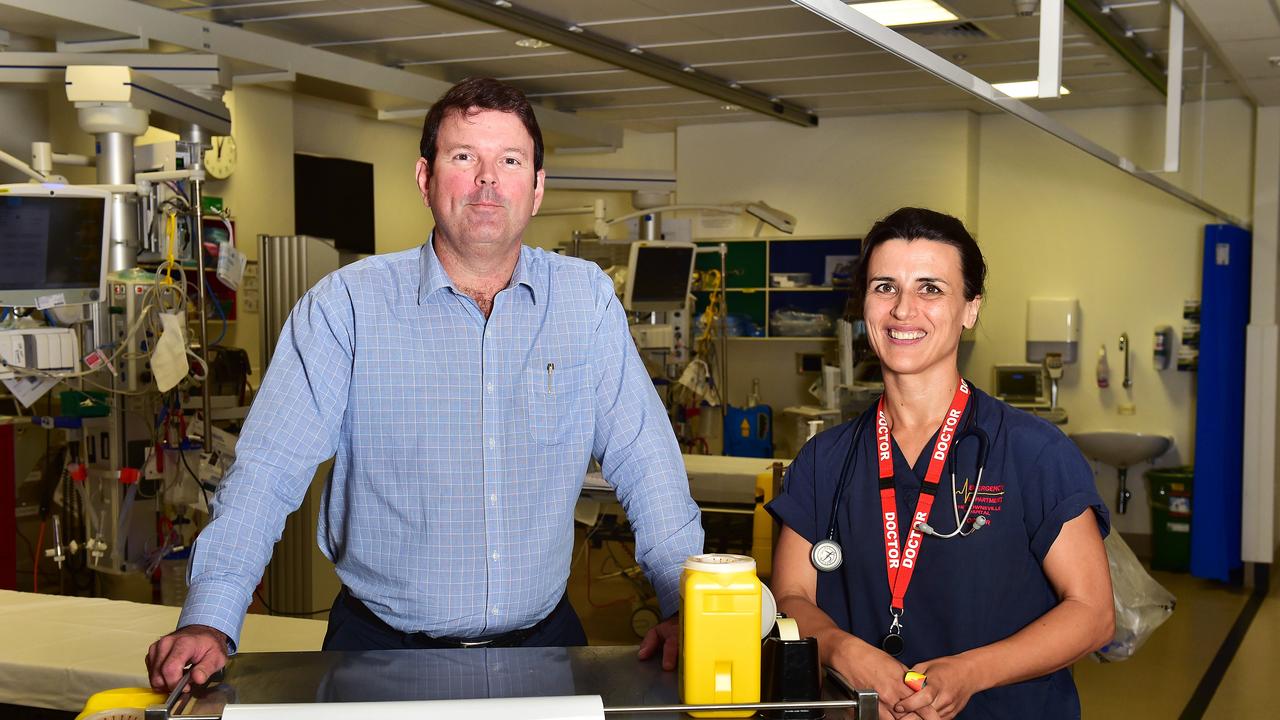
Mr Keyes said it was difficult to predict when surges will take place across the network, “however, it is important to note that everyone who presents to our ED will be seen with 100 per cent of category one patients seen immediately”.
The HHS chief said the team take a “whole-of-hospital approach” with a series of strategies rolled out to reduce pressure, including transfer of rural patients to their homes, increased use of hospital at home services, and using private-public partnerships.
Shadow Health spokeswoman Ros Bates argued the government was “losing control of the health system”.
“The statistics at Townsville Hospital are very concerning,” Ms Bates said. “These aren’t just numbers on a spreadsheet — these are honest Queenslanders who are desperate for treatment at their local hospital.
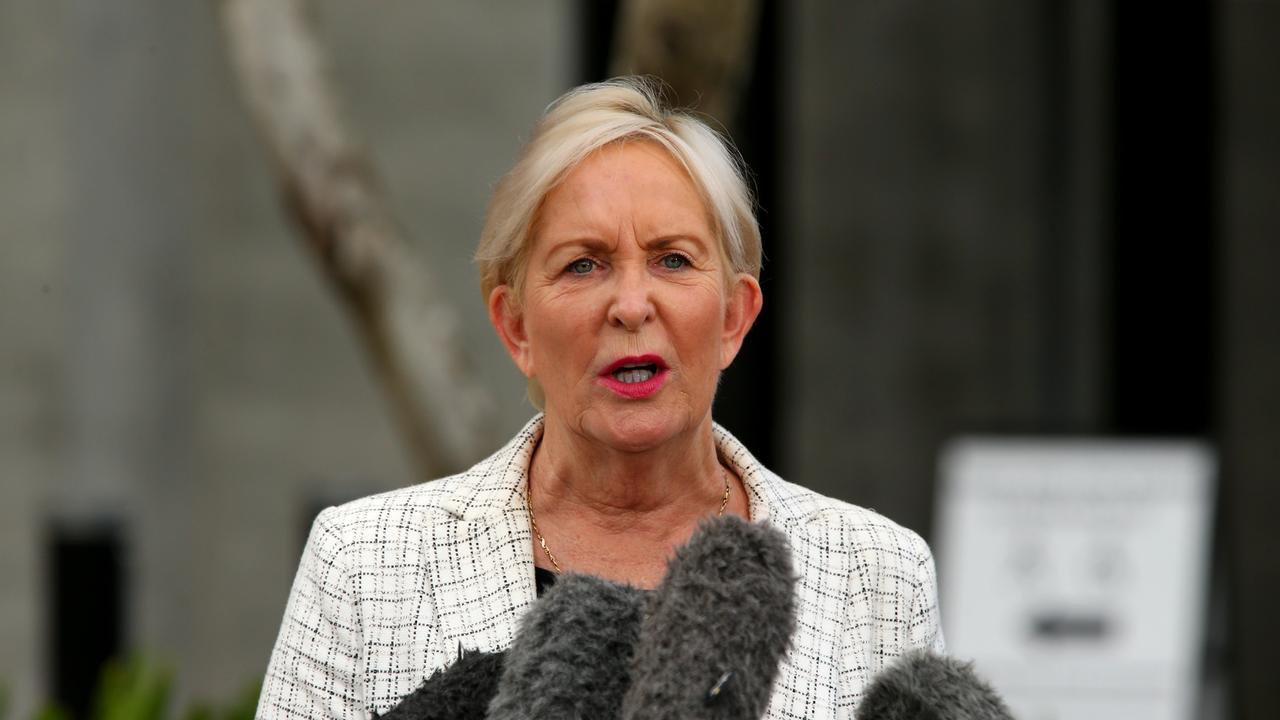
“All Queenslanders deserve a world class health system no matter where they live — as a nurse and former hospital administrator, I know how stressful it can be for our frontline staff who are working long hours with limited resources.
“The Queensland Health crisis is real, and this problem won’t go away because the government isn’t listening and isn’t taking any action.”
Originally published as Queensland Health data: Patients with life-threatening conditions left to wait in Townsville EDs


